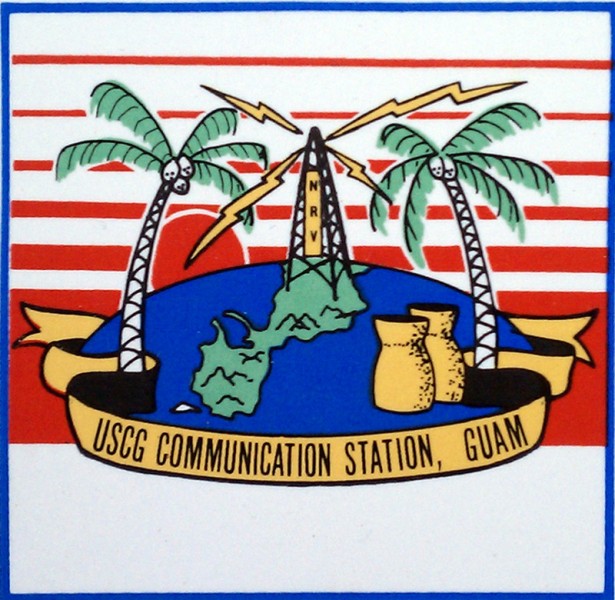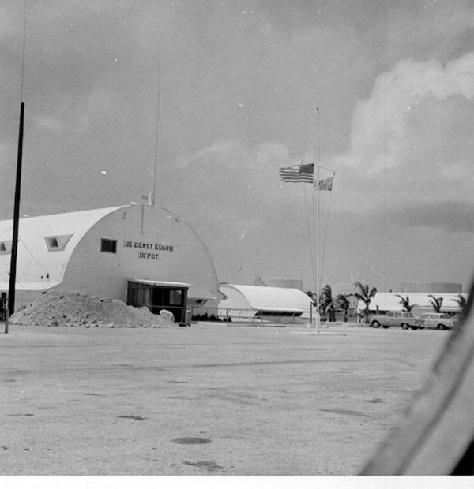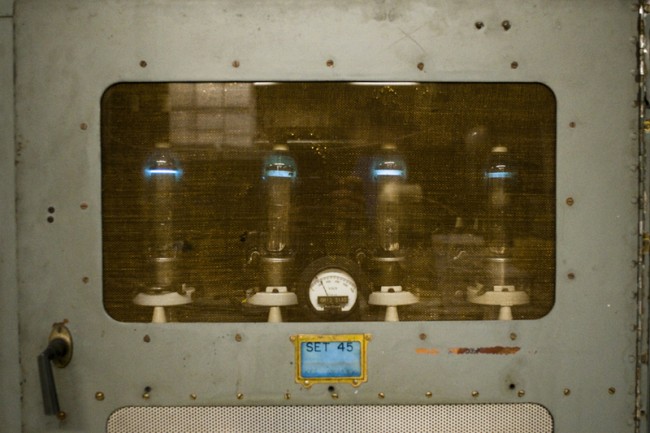CHU is an HF time signal station operated by the National Research Council of Canada. It operates 24/7 and announces the hour and minute each minute of every day on frequencies 3,330, 7,850, and 14,670 KHz. This is the Canadian counterpart to WWV and WWVH. In the strictest sense of the term, it is a broadcasting station, although many would also classify it as an HF utility station as well. Many countries had HF time signal radio stations at one time, but there are fewer now. Back in the day before GPS, these time signals were critically important to anyone needing coordinated event timing. We used the carrier frequency from WWVH as our frequency standard for test equipment. WWV and WWVH also transmitted a very accurate 1 kHz tone for the same purpose. According to the CHU website:
Normally CHU’s emission times are accurate to 10-4 s, with carrier frequency accuracy of 5×10-12, compared to NRC’s primary clocks, which are usually within 10 microseconds and 1×10-13 compared to UTC.
Additionally, every minute between 31 and 39 seconds, CHU broadcasts FSK time code with a Bell 103 standard (2225 Hz mark, 2025 Hz space) at 300 bits/second (IRIG time code). This could be used as a backup for GPS time clocks on automation systems if GPS were to fail for some reason. One would have to write a little software program to decode the hex output and reset the computer clock once per minute accordingly. That should not be too hard. LINUX information and software can be found here. More on CHU time code here.

In my location 3,330 KHz is audible 24/7. That signal is transmitted with a carrier power of 3 KW into a non-directional vertical dipole antenna as is 14,670 KHz. The 7,850 KHz signal is transmitted with a carrier power of 10 KW into the same type of antenna.

There is some discussion of adding an additional time station transmitter in western Canada and of changing the modulation from AM to DRM or at least adding some type of DRM service.





